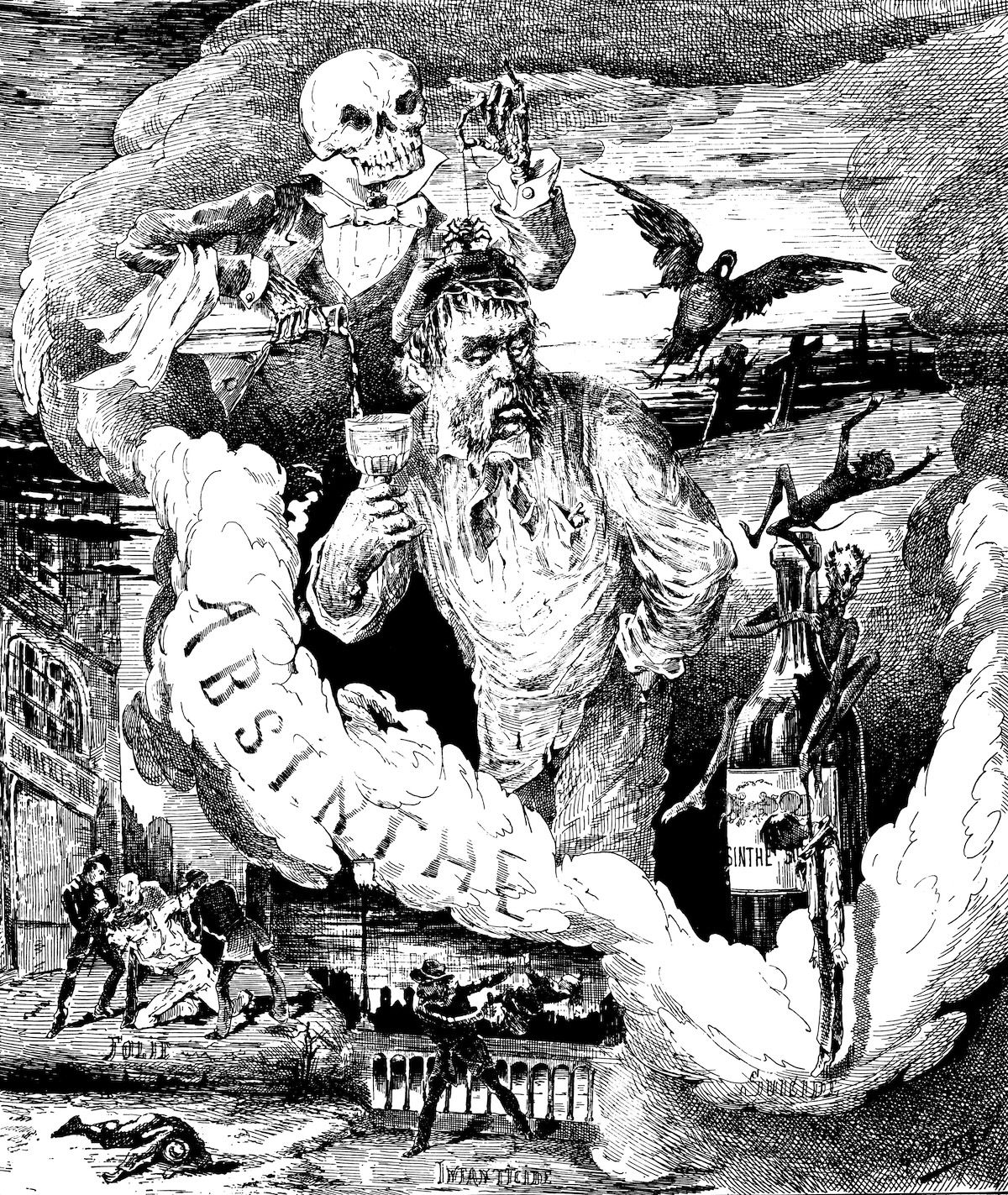Absinthe: From Green Fairy to Moral Panic
The remarkable fall of absinthe: from 19th-century ‘Green Fairy’ to scourge of society.

Absinthe, once the ‘Green Fairy’ – muse of painters and poets – came to haunt the last decades of 19th-century France. ‘Of all the alcoholic poisons that lead to crime, there is none more formidable than absinthe’, wrote a doctor – named only as ‘L’ – in the French temperance journal L’Alcool in January 1897. After the establishment and widespread acceptance of the diagnosis of ‘absinthism’ in the 1860s, analogous with but separate from alcoholism, people had begun to fear its consumption. The plant-based essential oils – from wormwood, aniseed, fennel, mint and more – that gave absinthe its distinct flavour, medico-psychiatric experts warned, could provoke murderous rage in its consumers. Not all absinthe drinkers descended into this green haze, but those who did were believed to randomly attack their loved ones, as well as complete strangers. It is commonly recognised today, however, that it was not the essential oils but simply absinthe’s high alcohol content that caused violence.
